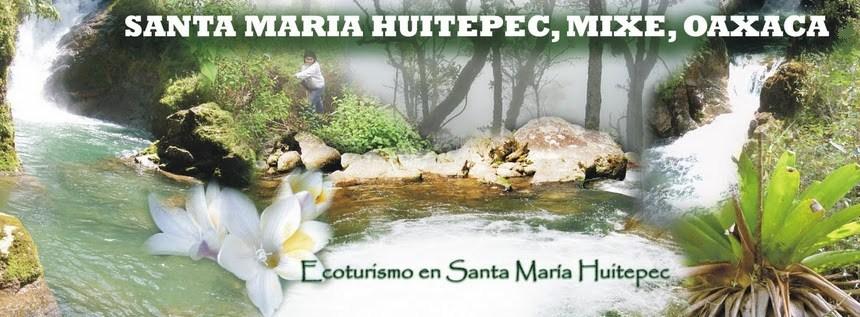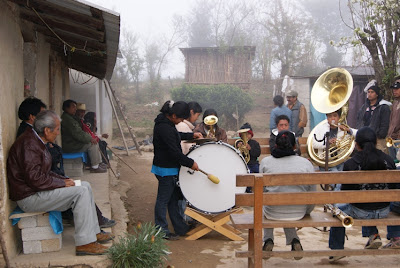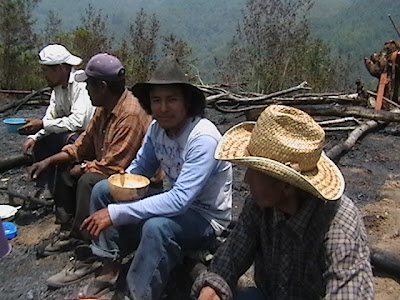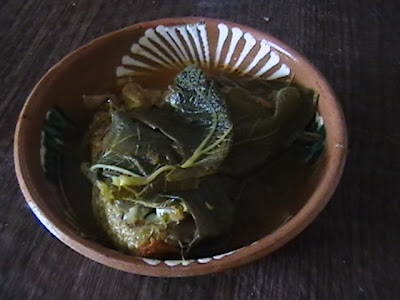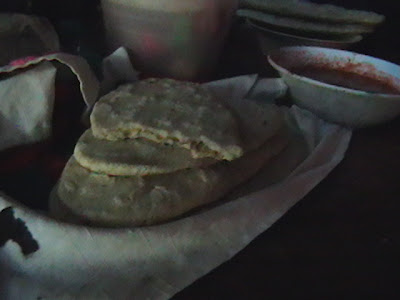Historia
PRESENTACION
Derivado de un ejercicio de análisis (FODA), realizado a través de la asamblea general de comuneros en el año de 2001, la comunidad de Santa María Huitepec ha emprendido una serie de proyectos relacionados con la gestión ambiental. Siendo una de la primeras comunidades de la región Mixe, interesadas en la conservación de sus recursos naturales.
La comunidad cuenta con 2000 hectáreas de bosque de mesófilo de montaña en excelente estado de conservación, definidas como de reserva ecológica, donde habitan bajo protección, diversas especies de flora y fauna. Estos elementos pueden apreciarse en el sendero para la interpretación ambiental y en las unidades de manejo intensivas de venado cola blanca y orquídeas.
Los vientos húmedos que provienen del Golfo de México, hacen que en el predio exista una basta cantidad de humedad ambiental, resultando en corrientes de cristalinas aguas de manantial y múltiples cascadas.
Queremos conocerte, compartir nuestras experiencias, y escribir otras a favor de las futuras generaciones.
Santa María Huitepec tiene la intención de compartir su vida comunitaria. Te invitamos a que conozcas su cultura y sus recursos naturales.
Comité de Ecoturismo
Derived from a year of analysis (SWOT), conducted by the general assembly of villagers in 2001, the community of Santa Maria Huitepec, has undertaken a number of projects related to environmental management. As one of the first communities in the region Mixe, interested in conserving natural resources.The community has 2000 acres of cloud forest, which are in excellent condition, defined as an ecological reserve area, home to several protected species of flora and fauna. These elements can be seen on the path to environmental interpretation, and the intensive management unit of white tail deer and orchids.
The moist winds from the Gulf of Mexico, provide the site with a sufficient amount of humidity, resulting in crystal clear streams and many waterfalls spring.
We want to meet you, share our experiences with you, and write others in favor of future generations.
Santa Maria Huitepec intends to share its community life. We invite you to learn their culture and natural resources.
Ecotourism Committee
lunes, 5 de diciembre de 2011
miércoles, 16 de marzo de 2011
sábado, 15 de enero de 2011
SIEMBRA DEL MAIZ
The day of corn planting in the community of Santa Maria Huitepec is very special because it still maintains the tradition passed down from our ancestors, planters lunch that day at home, at noon they eat in the field (farm plot) they drink fermented dough water called "pozole" locally.
En la tarde a la hora de la comida las mujeres o niños dueños del campo van a dejar comida, que consiste en tortillas en forma de empanadas (al cocer el maíz no se le agrega cal, solo en esa ocasión), a las tortillas se le añade en ambos lados frijol molido en metate (piedra que se utiliza para moler condimentos) condimentado con sal y chile, se acompaña con chilacayota cocida.
For the afternoon lunch, children or women owners of the field will take food to the workers, which consists of tortillas in the form of turnovers (to cook the corn lime is not added, only at that time), the tortillas added on both sides milled beans metate (stone used for grinding spices) seasoned with salt and chile, is served with boiled chilacayote.
COMIDA EN EL CAMPO lunch in the field
MUJERES LLEVANDO COMIDA women take food to the field
At the end of the day in the field, each of the planters returns home to meet for dinner at the home of owner of the field, dinner consists of chicken broth seasoned with cilantro yerba santa (holy herb) and served with tamales, which sometimes consist of dough only or beans ground with aguacatillo leaves.
Después de cenar cada uno de los asistentes regresa a su domicilio; los dueños del campo donde se realizó la siembra, reparten a los sembradores: tamales, caldo de pollo y embarradas de frijol (igual a las que se prepararon a la hora de la comida), para sus familiares, de acuerdo al número de integrantes de sus respectivas familias.
People that help plant do not get paid, is the exchange and mutual assistance among community residents, everyone supported the day by planting corn has been involved with other people, either in that year or in previous years .
The role of women is of paramount importance, they make preparations days in advance and support other women in the community that help in the kitchen the day of planting, there are also women who do not live with a partner and still participate in this tradition (Andres, 2009) *.
MATERIAL ENVIADO POR: ING. SUSANA ORTEGA LOPEZ
FOTOS: ING. SUSANA ORTEGA LOPEZ
CASA DE MAIZ
EN LA COCINA
SIEMBRA
EMPANADAS DE HABA
TORTILLAS ENBARRADAS DE FRIJOL
MUJERES LLEVANDO COMIDA AL CAMPO
